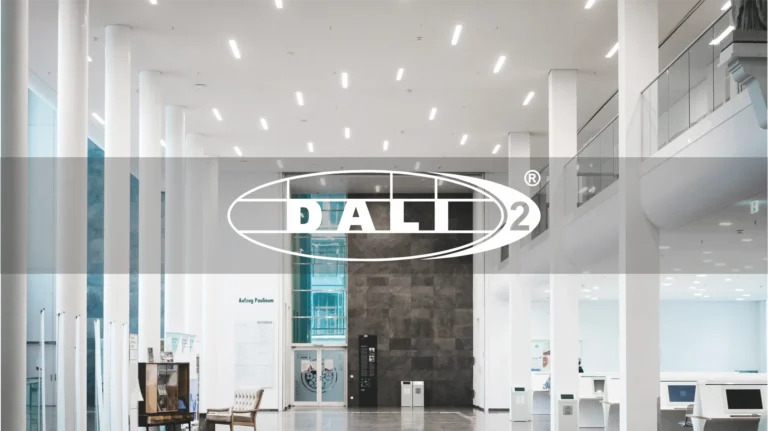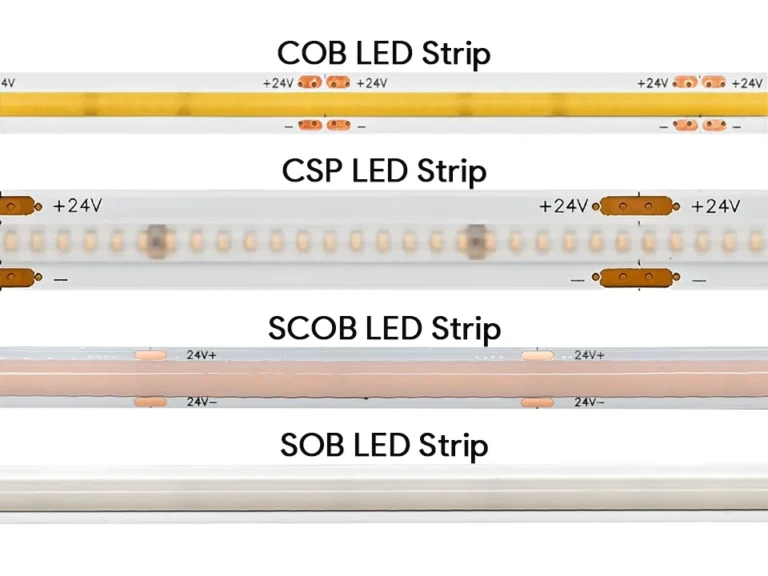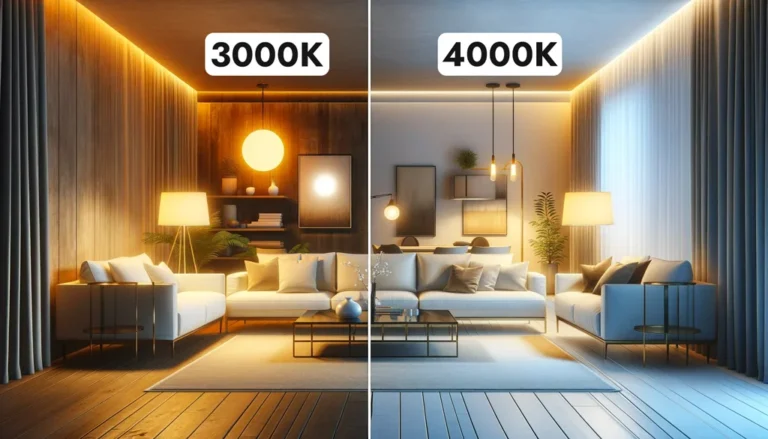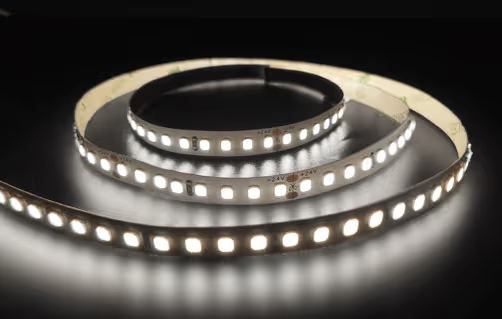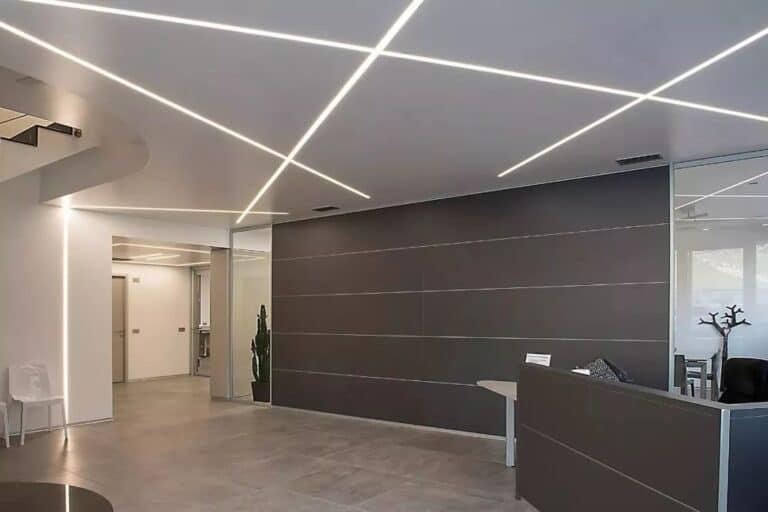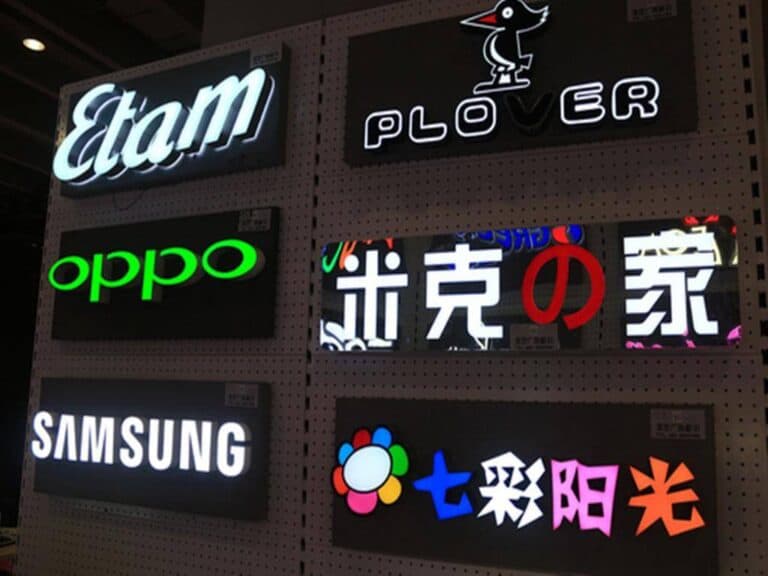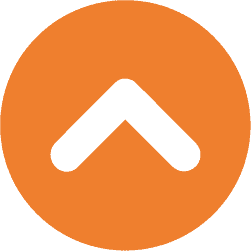Какие существуют стандарты и тесты для контроля качества светодиодной неоновой ленты и на чем они основаны? Как покупателю, вам необходимо знать, прошла ли покупаемая вами светодиодная неоновая лента испытания на безопасность, энергоэффективность и защиту окружающей среды. Потому что только производители, которые серьезно выполняют эти тесты, гарантируют надежность и качество своей продукции, и люди будут чувствовать себя свободно, чтобы купить их. Например, если вам нужно проверить цветовую температуру и светоотдачу неоновой ленты, у вас должна быть интегрирующая сфера или оптический прибор для тестирования. Если производитель светодиодной неоновой ленты провел эти тесты, то покупатели будут чувствовать себя более комфортно при покупке и не будут беспокоиться о возможных электрических авариях или других угрозах безопасности продукта.
Основные стандарты контроля качества для светодиодных неоновых лент включают безопасность, электромагнитную совместимость, энергоэффективность и защиту окружающей среды. Тестирование включает в себя тест на электробезопасность, тест на ЭМС, тест на фотобиологическую безопасность и тест на экологическую надежность. Кроме того, ключевыми моментами являются качество материалов, степень водонепроницаемости (IP), а также сертификаты CE и RoHS. Давайте поговорим о том, какие стандарты контроля качества существуют для светодиодных неоновых лент.
Что are Tон Main Qкачество Cконтроль Сстандарты для светодиодов Nэон Споездки?
Стандарты электробезопасности
Серия EN 60598: EN IEC 60598 - это европейский региональный стандарт на осветительное оборудование, который распространяется на все виды осветительных приборов, включая, но не ограничиваясь внутренним освещением, наружным освещением, светодиодными лампами и фонарями. Данный стандарт разработан на основе серии стандартов Международной электротехнической комиссии (IEC) 60598, которые широко применяются во всем мире. Стандарт EN IEC 60598 в основном используется для оценки характеристик осветительного оборудования с точки зрения электробезопасности, механической безопасности, теплового воздействия и других аспектов, которые могут быть задействованы в процессе установки и использования, чтобы гарантировать, что продукт соответствует основным требованиям безопасности, здоровья и защиты окружающей среды. Среди них EN 60598-2-14 предназначен специально для неоновых ламп и фонарей, включая конструкцию, изоляционные характеристики и испытания на устойчивость к напряжению.
IEC/EN 61347-2-11: Стандартизирует требования безопасности к оборудованию для питания неоновых лент. Международная электротехническая комиссия (МЭК) выпустила последнюю версию стандарта безопасности для контроллеров источников света: IEC 61347-2-11:2024 "Безопасность устройств управления для электрических источников света - Часть 2-11: Особые требования к различным электронным схемам для использования со светильниками".
Стандарты UL: UL 8750 (Безопасность светодиодных устройств) и UL 2108 (Низковольтные системы освещения) для североамериканского рынка. UL 8750 и UL 2108, как два важных стандарта безопасности UL, регулируют безопасность светодиодных устройств и низковольтных систем освещения соответственно. Последние изменения UL 8750 включали в себя уточнение совместимости светодиодных контроллеров и массивов (например, дополнение определения светодиодных массивов специального назначения), а также уточнение совместимости светодиодных контроллеров и массивов. Недавние изменения в UL 8750 включали уточнения совместимости светодиодных контроллеров и массивов (например, добавление определений для специализированных светодиодных массивов), в то время как программа испытаний UL 2108 больше сосредоточена на проверке стабильности на уровне системы.
Электромагнитная совместимость (ЭМС)
ЭМС относится к электронным продуктам в электромагнитном поле размер помех (EMI) и анти-помех способность (EMS) комплексной оценки, является одним из наиболее важных показателей качества продукции, электромагнитной совместимости на испытательном полигоне и испытательного оборудования.
Тестирование на электромагнитную совместимость включает в себя следующие элементы:
- Кондуктивная эмиссия (CE): Измерение электромагнитных помех, создаваемых проводящими путями, такими как линии электропередач.
- Излучаемая эмиссия (RE): Измерение интенсивности электромагнитного излучения, испускаемого оборудованием в различных частотных диапазонах, для обеспечения соответствия установленным ограничениям.
- Гармонический: Оценивает гармоническое воздействие устройства на электросеть.
- Мерцание: Оценивает влияние мерцания устройства на сеть.
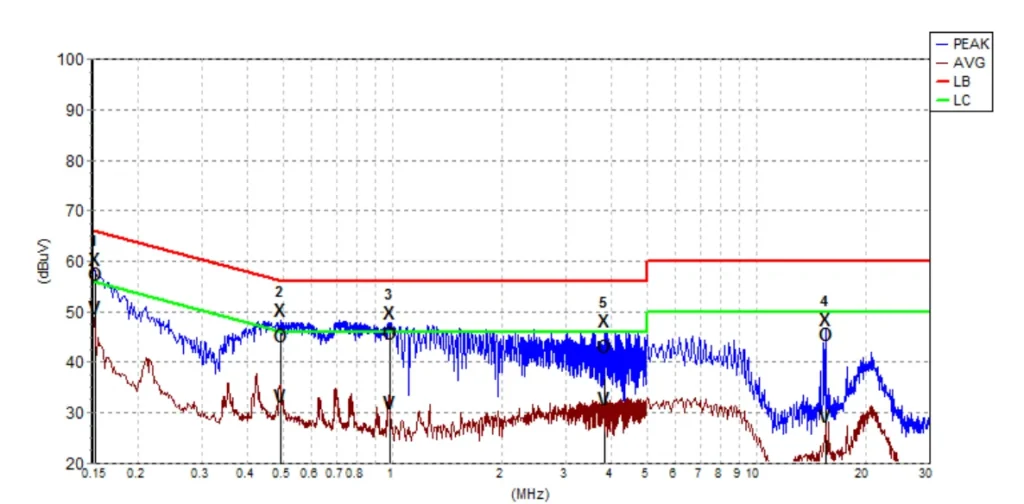
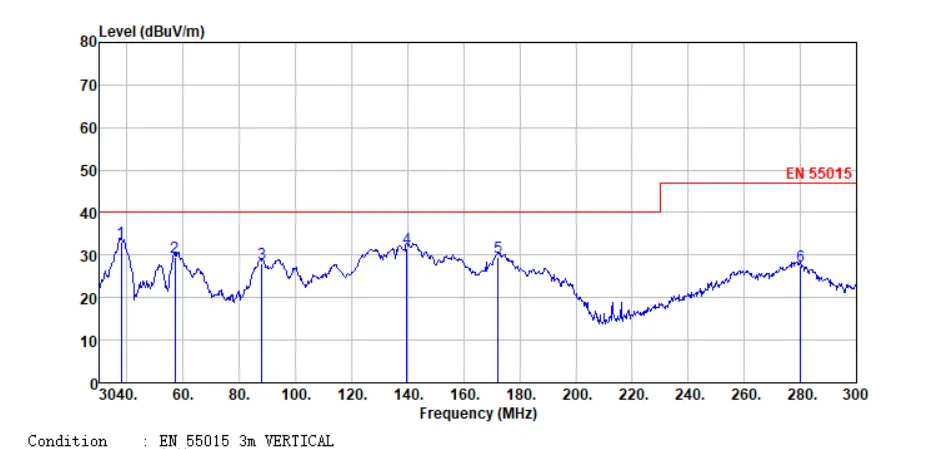
Тест EMS включает в себя следующие предметы:
- Электростатический разряд (ESD): Оценивает устойчивость оборудования к электростатическому разряду.
- EFT: Моделирует воздействие высокочастотных электромагнитных импульсов на оборудование.
- Падение напряжения (DIP): Оценивает устойчивость устройства к перепадам напряжения.
- Кондуктивное перенапряжение (CS): Оценивает способность устройства противостоять наведенным помехам.
- Surge: Оценивает устойчивость устройства к импульсным перенапряжениям.
- PSMS: Оценивает устойчивость устройства к воздействию магнитных полей промышленной частоты.
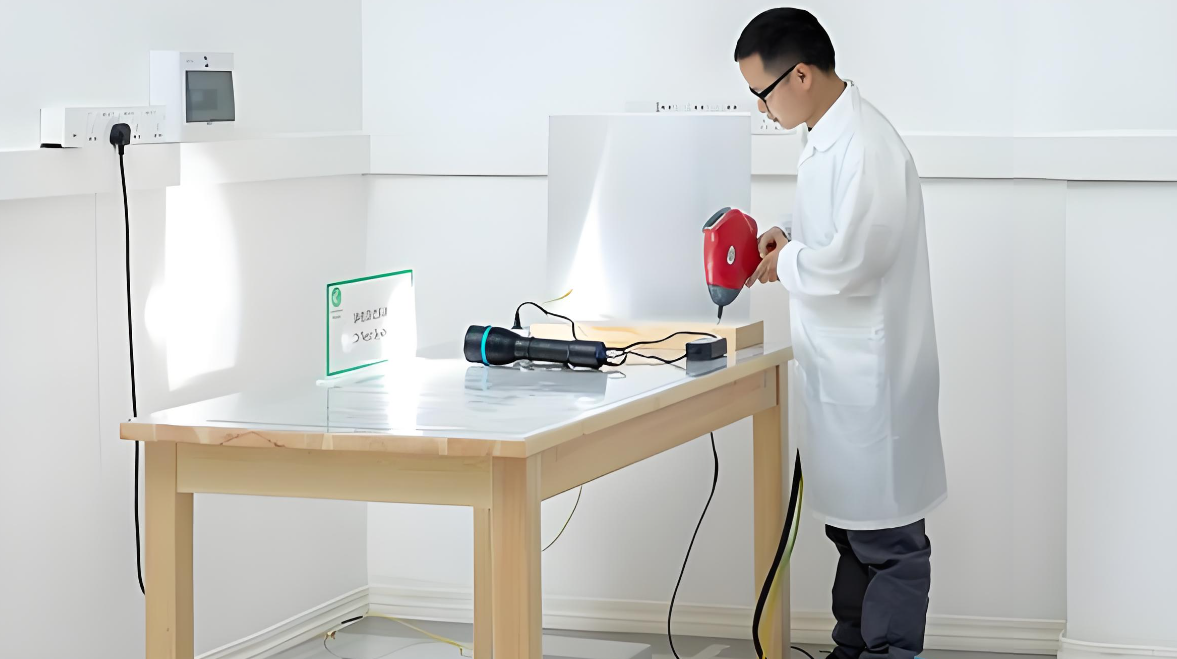
Энергия Eэффективность и Eэкология Сстандарты
Директива ErP (2009/125/EC): Требует, чтобы светодиодная продукция соответствовала требованиям маркировки энергоэффективности и экологического дизайна, например, сертификации ERP. На диаграмме ниже показан последний европейский класс энергоэффективности, соответствующий светоотдаче:
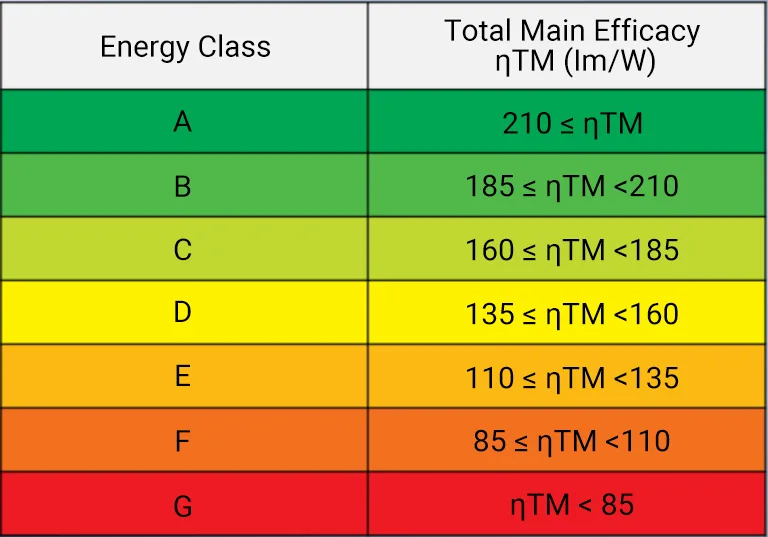
RoHS и REACH: Ограничение использования опасных веществ (например, свинца, ртути) и химикатов для обеспечения соответствия материалов экологическим требованиям. RoHS (Restriction of Hazardous Substances Directive) относится к директиве Европейского союза (Directive 2011/65/EU), которая для вступления в силу должна быть перенесена в национальное законодательство стран-участниц. REACH - это постановление ЕС (Regulation (EC) No 1907/2006), которое напрямую применяется во всех странах-членах без необходимости переноса.
Фотобиологическая безопасность
EN 62471: Оценивает риск светового излучения (например, опасность ультрафиолетового и синего света) от светодиодных источников света для предотвращения вреда для человека. Количественная оценка интенсивности излучения, распределения длин волн и продолжительности воздействия источника света позволяет классифицировать уровень риска (уровень исключения, низкий, средний и высокий риск), обеспечивает основу безопасности для разработки и использования продукции, а также снижает риск хронических заболеваний глаз или повреждения кожи, вызванных световым излучением.
Что are Tон Main Tэкономия на светодиодах Nэон Споездки?
Испытания на электробезопасность
Испытание на выдерживаемое напряжение: Проверка безопасности изоляционных материалов под высоким напряжением. Основная цель испытания на выдерживание напряжения - проверка характеристик изоляции и расчетного запаса продукта для обеспечения его качества. Благодаря испытанию выдерживаемым напряжением можно выявить дефекты в процессе производства, такие как недостаточное расстояние ползучести или недостаточный электрический зазор, чтобы защитить безопасность потребителей и надежность продукции.
Тест на непрерывность заземления: Обеспечивает эффективность системы заземления.
Тест на повышение температуры: Оценивает эффективность теплоотвода светильника при длительной работе, чтобы предотвратить повреждение от перегрева.
Экологические и механические испытания
Тест на уровень защиты IP: например, IP65/IP68 для оценки водо- и пылезащищенности (особенно для наружного применения).
Испытание на воздействие соляного тумана (ASTM B117): Проверяет коррозионную стойкость.
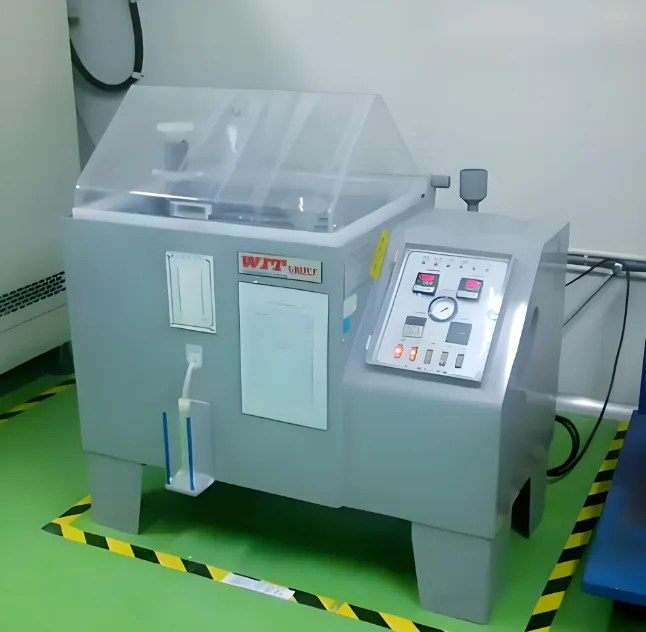
Испытания на вибрацию и удары: Обеспечивают прочность конструкции при транспортировке и эксплуатации.
Испытания на работоспособность и срок службы
LM-80: Проверяет поддержание светового потока и оценивает срок службы светодиодного чипа (стандарты поддержания светового потока должны быть соблюдены).

Тест на индекс цветопередачи (CRI): Измерьте способность источника света к цветопередаче (рекомендуетсяI ≥ 80).
LED Nэон Споездка Pпроизводство Pпроцесс Qкачество Cконтроль
1. Приобретение материалов: Выберите светодиодный чип с высоким индексом цветопередачи (CRI ≥ 80) для обеспечения цветопередачи; внешняя оболочка должна быть изготовлена из предпочтительного анти-УФ, погодоустойчивого силиконового материала (лучше, чем ПВХ), чтобы избежать пожелтения и растрескивания; полупрозрачная крышка должна быть мягкой и ровной и иметь рейтинг пожарной безопасности UL94 V-2 или более. Выбор источника питания и провода постоянного тока и постоянного напряжения драйверов, сертифицированных UL/CE; выбор вспомогательных материалов герметика температуры -40 ℃ ~ 120 ℃ силиконовый клей для обеспечения долгосрочной гидроизоляции. Избегайте дешевых, низкокачественных аксессуаров, которые приводят к поломке света или угрозе безопасности.
2. Внешний вид яинспекция: Внешний вид инспекции является одной из важных частей светодиодных неоновых ламп бар инспекции. Там должен быть комплексный осмотр свет бар поверхность оболочки плоская, нет очевидных царапин и впадин, цвет оболочки является равномерным, ли кожа выключен, и так далее. Кроме того, вам также необходимо проверить, является ли соединительная часть светового бара твердым, есть ли свободные явления, и является ли логотип четким и полным.
3. Готовый Pпродукт Tэстинг: тестирование готовой продукции, включая тестирование оптических характеристик и тестирование электрических характеристик.
a) Оптический pпроверка работоспособности: основной тест неонового светового потока, распределения силы света, цветности, эффективности освещения и равномерности цвета. В том числе, является ли цвет света точным, яркость равномерной, нет ли мерцания или разницы в цвете и так далее. В то же время необходимо измерить и сравнить световой поток, светоотдачу, цветовую температуру и другие параметры осветительного прибора, чтобы убедиться, что он отвечает соответствующим стандартам. Тестирование обычно проводится с помощью фотометра или системы интегрирующих сфер. Измерение светового потока с помощью интегрирующей сферы или фотометра гарантирует равномерность яркости. Убедитесь, что цветовая температура, индекс цветопередачи и допустимые отклонения соответствуют номинальным значениям, например, теплый свет 3000K, холодный свет 6000K, CRI ≥ 80 и SCDM ≤ 3, чтобы убедиться, что цвет равномерный и не имеет отклонений.
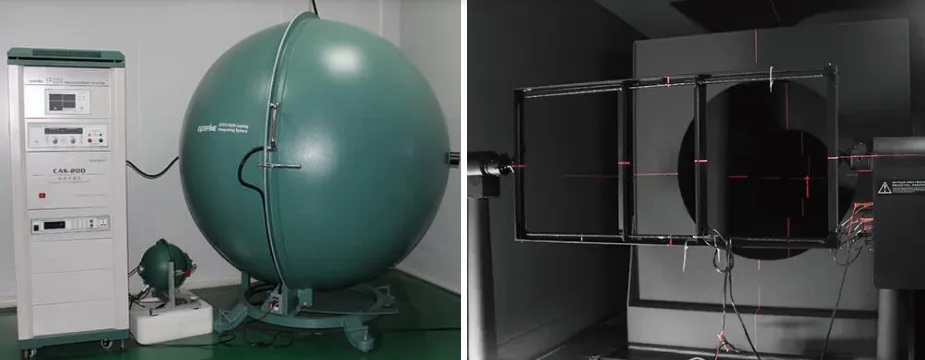
b) Испытание электрических характеристик: Включает в себя тестирование тока, коэффициента мощности, мощности и т.д. Измерьте значения напряжения и тока неоновых полос в нормальных рабочих условиях, чтобы убедиться, что эти значения соответствуют номинальным диапазонам параметров, чтобы предотвратить повреждение ламп и фонарей из-за аномалий напряжения или тока или угрозы безопасности. Рассчитав входную мощность (мощность = напряжение × ток), мы можем проверить, соответствует ли энергопотребление неоновой полосы проектным спецификациям, избегая слишком высокой или слишком низкой мощности, которая может повлиять на производительность.
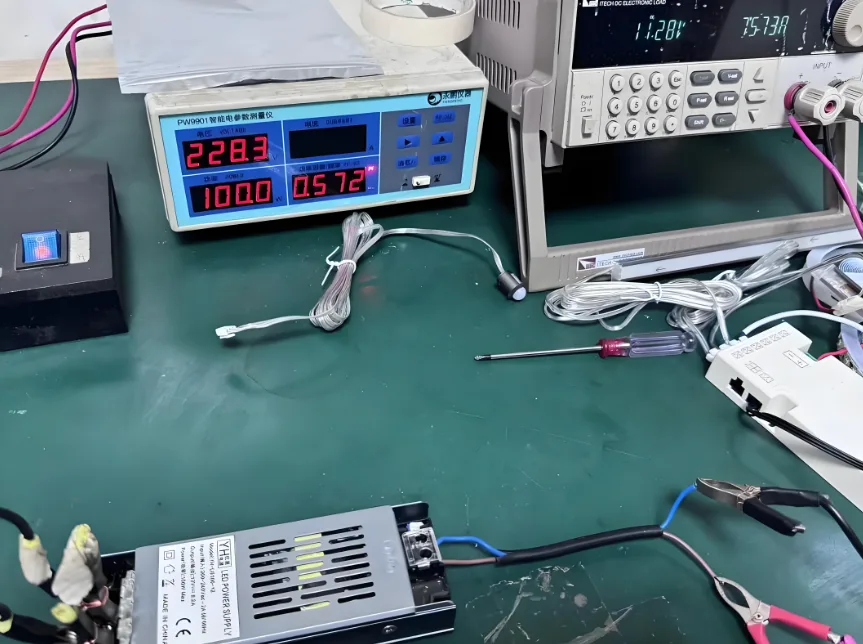
4. Безопасность Pпроизводительность Test: Тест производительности безопасности заключается в том, чтобы убедиться, что светодиодная неоновая лента не будет создавать угрозы безопасности в процессе использования ключа. Следует проверить безопасность работы полосы, включая защиту от перегрева и аномальную защиту цепи управления.
5. Упаковка и LАбелинг Test: Упаковка и маркировка тест, чтобы убедиться, что неоновая полоса упаковка является неповрежденной, четко обозначены, и точные инструкции, сумки без царапин, нет цветовых аномалий, и размер соответствует требованиям.
6. Испытание на долговечность: Тест на долговечность включает в себя длительное использование светодиодной неоновой ленты для имитации ее работы в различных жестких условиях. Тест включает в себя устойчивость к высоким температурам, устойчивость к низким температурам, а также водонепроницаемость и пылезащищенность, чтобы убедиться, что неоновая лента может нормально работать в этих условиях.
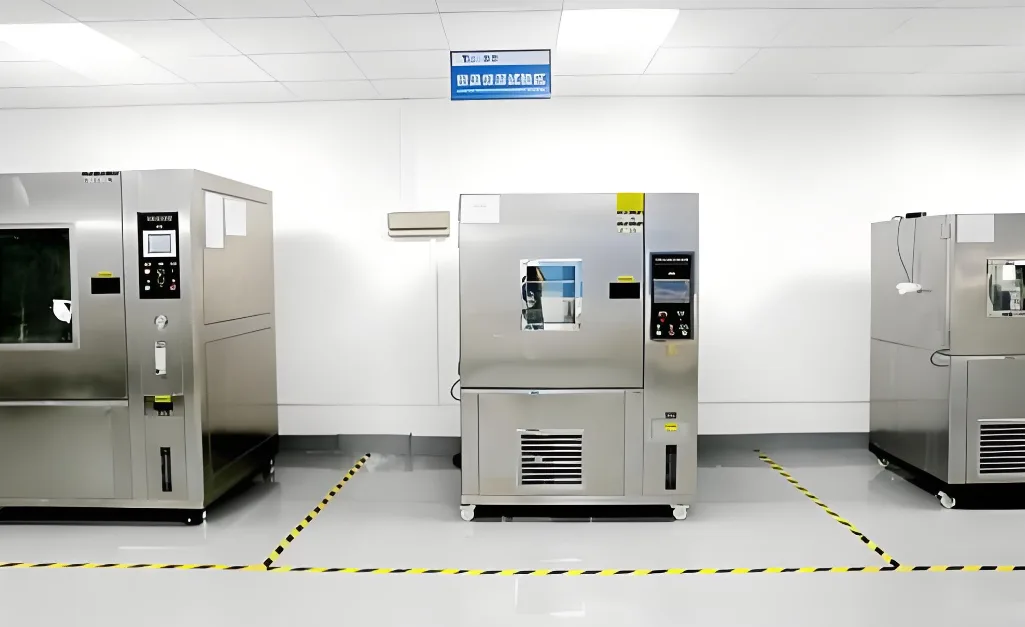
Каковы требования к сертификации светодиодных неоновых лент?
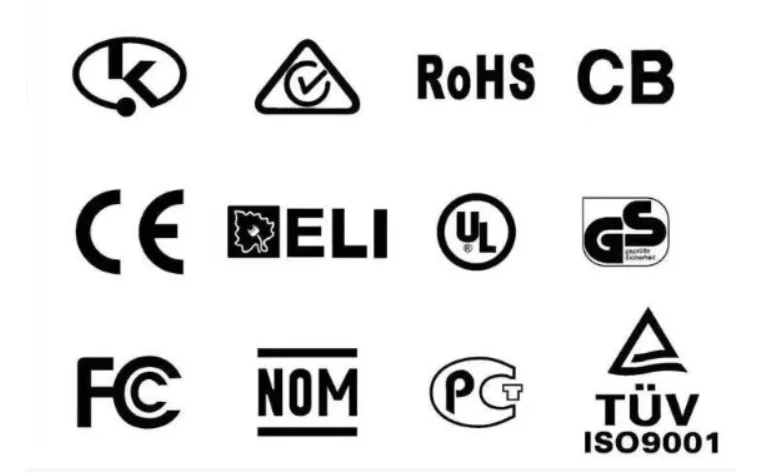
CE Mнаписание: Чтобы выйти на рынок ЕС, необходимо пройти тесты на маркировку LVD (EN 60598) и EMC (EN 55015/EN 61547) CE.
Сертификация UL: Сертификация безопасности для доступа на рынок Северной Америки, охватывающая электробезопасность и энергоэффективность.
BIS (Индия) и KC (Корея): Обязательная сертификация для региональных рынков, с учетом местных стандартов.
Сертификация светодиодной неоновой ленты гарантирует, что продукция соответствует определенным стандартам качества по дизайну, материалам, производственным процессам и т.д., что позволяет снизить количество несчастных случаев и споров, вызванных проблемами с качеством продукции, и обеспечить личную безопасность потребителей. Сертифицированная продукция обычно обладает более высоким качеством и надежностью, что способствует повышению конкурентоспособности продукции на рынке и росту доверия и удовлетворенности потребителей.
Общие проблемы и риски
Риски Low-quality Mматериалы: Некачественные светодиодные чипы или печатные платы могут привести к быстрому затуханию света, отклонению цвета или короткому замыканию.
Безопасность HАЗАРДЫ: Светодиодные неоновые светильники с плохим контролем качества могут нести в себе множество угроз безопасности. Например, светильники, не прошедшие испытания на взрывобезопасность и ударопрочность, могут стать источником воспламенения в опасных местах, повышая риск при эксплуатации.
Вопросы производительности: Некачественные светодиодные неоновые ленты также могут иметь проблемы с производительностью. Например, некоторые изделия при испытании на прочность и тепловом тесте, термостойкость, огнестойкость, устойчивость к образованию рубцов и другие элементы не выдержали, в результате чего лампы и фонари в процессе использования легко повреждаются или выходят из строя.
Структурные проблемы: Структурные проблемы также являются общей проблемой при плохом контроле качества светодиодных неоновых лент. Например, неквалифицированная внешняя и внутренняя проводка может привести к отказу проводки и опасному короткому замыканию.
Последствия Lполучение Cаттестация: Несоблюдение требований CE или RoHS может привести к тому, что изделие будет запрещено к продаже на рынке ЕС или к большим штрафам.
Заключение
Контроль качества светодиодных неоновых лент требует сочетания многомерных стандартов и испытаний, включая сертификаты электробезопасности, электромагнитной совместимости, энергоэффективности и защиты окружающей среды. Производители должны отдавать предпочтение материалам, соответствующим таким стандартам, как EN 60598 и EN 62471, и прошедшим сертификационные испытания авторитетных организаций (например, TÜV, SGS). Кроме того, терморегулирование и автоматизированное тестирование в процессе производства являются ключевыми факторами обеспечения соответствия.
SignliteLED является профессиональным производителем LED Спутевые огни и Светодиодная неоновая лента. Завод имеет более полное производственное и испытательное оборудование, оснащенное интегрирующими сферами, тестами ЭМС, тестерами светового распределения и другими оптическими лабораториями; автоматическими машинами для размещения; высоко- и низкотемпературным оборудованием для тестирования и старения. Продукция соответствует стандартам защиты окружающей среды RoHS, соблюдается весь процесс контроля качества, используются автоматизированные производственные линии для обеспечения надежности продукции. У SignliteLED есть много продуктов с сертификатами CE, ETL, UL и другими; если вы также хотите купить светодиодные неоновые лампы, вы можете связаться с нашим деловым и техническим персоналом, где мы поможем вам сделать разумный выбор.
